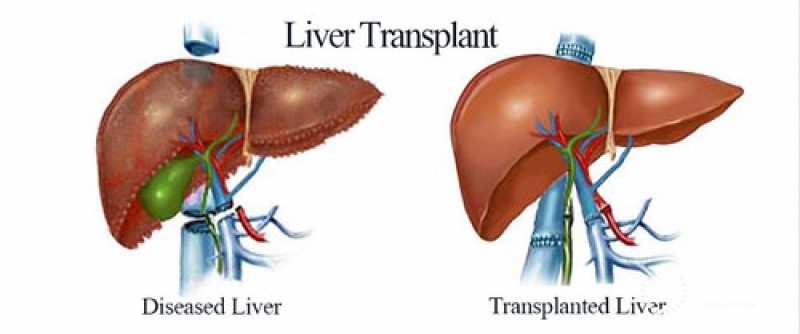- srushtigastro@gmail.com
- +91- 8073380392
Liver Transplation

Liver transplantation is a complex procedure that involves the removal of the diseased liver and its replacement with a healthy donor liver. It is often considered the last resort treatment for individuals with severe liver dysfunction, as it offers the best chance for survival and improved quality of life.
The process of liver transplantation begins with a thorough evaluation of both the recipient and potential donors to ensure compatibility and minimize the risk of rejection. Living donor liver transplantation, where a portion of a healthy liver is donated by a living donor (usually a family member), is also an option in some cases.
During the surgery, the recipient’s diseased liver is carefully removed, and the donor liver is implanted, with meticulous attention paid to reconnecting blood vessels and bile ducts to ensure proper functioning. Post-operative care is crucial, as recipients require lifelong immunosuppressive medications to prevent rejection of the transplanted liver and regular monitoring to detect any complications or signs of rejection.
While liver transplantation carries risks, including surgical complications, infection, and rejection of the donor liver, it can significantly prolong and improve the lives of recipients, allowing them to resume normal activities and enjoy a better quality of life. Liver transplant recipients often experience resolution of symptoms associated with liver disease, such as fatigue, jaundice, ascites, and hepatic encephalopathy.
Benefits:
In conclusion, liver transplantation is a life-saving treatment option for individuals with end-stage liver disease, offering the potential for prolonged survival and improved quality of life. Despite the challenges associated with the procedure, the benefits far outweigh the risks for many patients, making liver transplantation a crucial intervention in the management of advanced liver disease. We provide the best Liver Transplantation in HSR Layout. Contact us today.
Empowering assistance, right when it matters. We’re here to lend a hand whenever you need it.

Call : +91- 8073380392
srushtigastro@gmail.com
Srushti Gastro & liver Clinic 186, 165, 9th Main Rd, Sector 6, HSR Layout, Bengaluru, Karnataka 560102